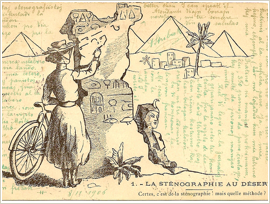Why does Raitt have two ts?
Have you ever wondered how we got the double t? That is quite unusual so far as names go I think - you do have double letters at the beginning as in Lloyds or Ffoulkes - but not so often at the end except for names like Bell or Hill or Gunn.
In the parish registries, ancestor Thomas Rait (or Reat) seems only to have had one t - but later descendants sometimes are spelled with two and sometimes only one. So who added the extra t and when and why??
It seems that an early spelling of Rait Castle was spelled with an e - thus Raite. According to the History of Nairnshire by George Bain, the earliest possessors of Raite (Castle) were the Mackintoshes. Shaw Mackintosh, the fourth chief of the clan, obtained a grant of Rothiemurcus, Meikle Geddes and the Raite sometime before 1265. He is said to have married Helen, the daughter of the second recorded Thane of Cawdor. His son Ferquhard succeeded him, and dying in 1274, left an only child, Angus, during whose minority, the Cummings took possession of Raite and other Mackintosh lands. As Norman knights, they dropped their surname and appear in the records of the period as 'De Rathe' or de Rate'.
Now, I wonder whether Rathe or Raite was badly written in the registers and it was transcribed as Raitt? If so, then this form would presumably have proceeded the form with just one t! But then with names being written as pronounced - this could account for it being simply written as Rait. But then why, when and how did it revert to a double t?
Friday, 25 September 2009

